How Sound Cancelling Headphones Work?
In today's fast-paced world, finding a moment of peace and quiet can be a challenge. Whether you're commuting on a noisy train, working in a bustling office, or simply trying to relax at home, unwanted noise can be a significant distraction. This is where sound-canceling headphones come into play. These innovative devices have become increasingly popular, offering a sanctuary of silence in a sea of sound. But how exactly do sound-canceling headphones work? In this article, we'll delve into the technology behind these marvels of modern engineering, exploring the principles, components, and practical applications that make them so effective.
The Basics of Sound and Noise
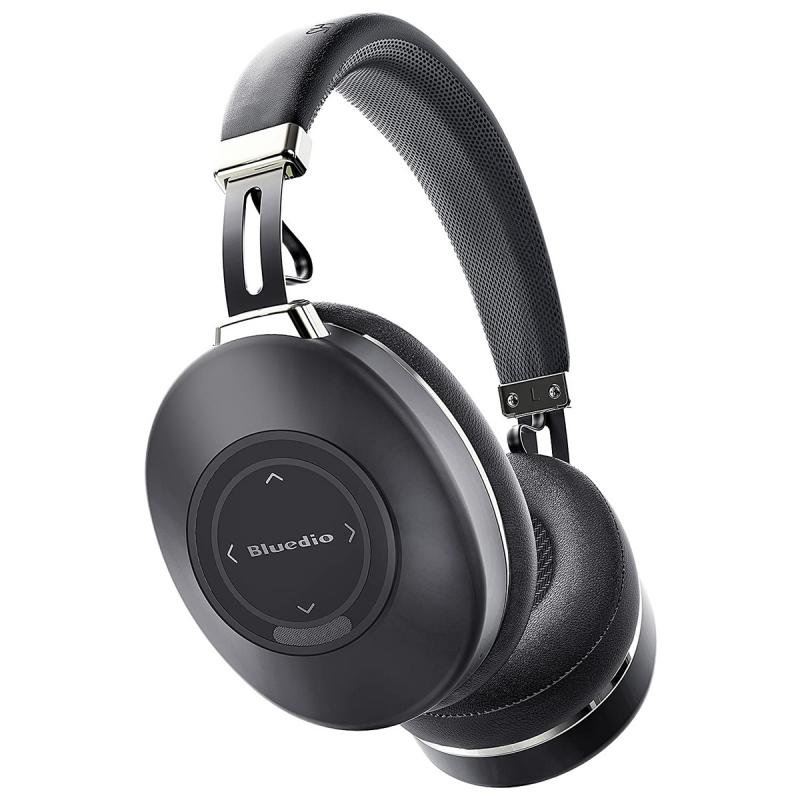
Before we dive into the mechanics of sound-canceling headphones, it's essential to understand the basics of sound and noise. Sound is a form of energy that travels in waves through a medium, typically air. These waves are created by vibrating objects and are characterized by their frequency (pitch) and amplitude (volume). Noise, on the other hand, is generally defined as unwanted or disruptive sound.
Passive Noise Isolation
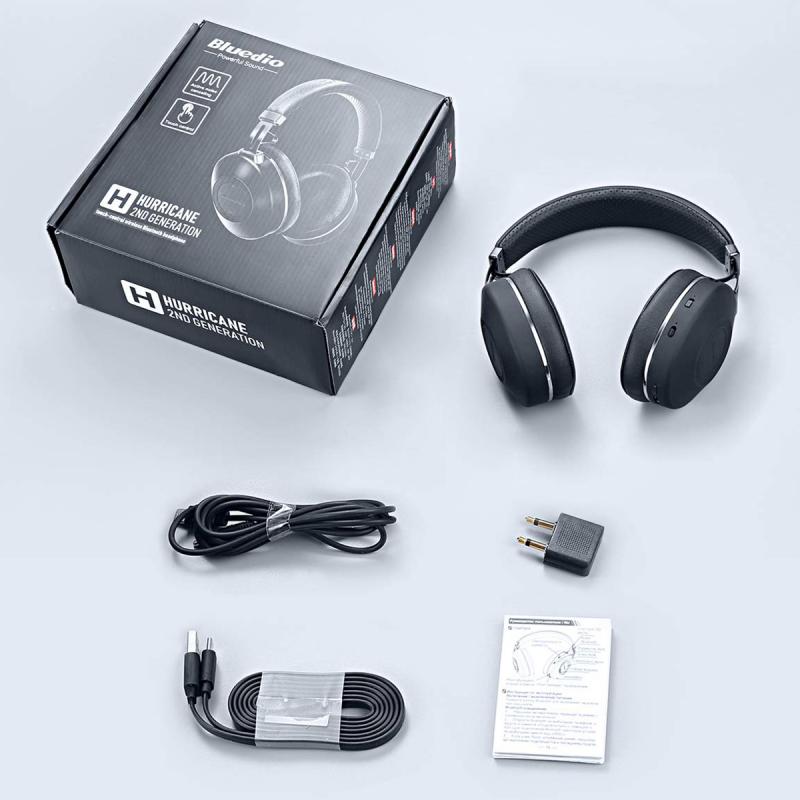
The first line of defense in sound-canceling headphones is passive noise isolation. This method relies on physical barriers to block out external sounds. The design of the headphones, including the materials used and the shape of the ear cups, plays a crucial role in this process. Over-ear headphones, for example, create a seal around the ears, preventing external noise from entering. In-ear headphones achieve a similar effect by fitting snugly into the ear canal.
While passive noise isolation is effective at reducing high-frequency sounds, such as conversations or the hum of an air conditioner, it is less effective at blocking low-frequency noises, like the rumble of an airplane engine. This is where active noise cancellation (ANC) comes into play.
Active Noise Cancellation (ANC)
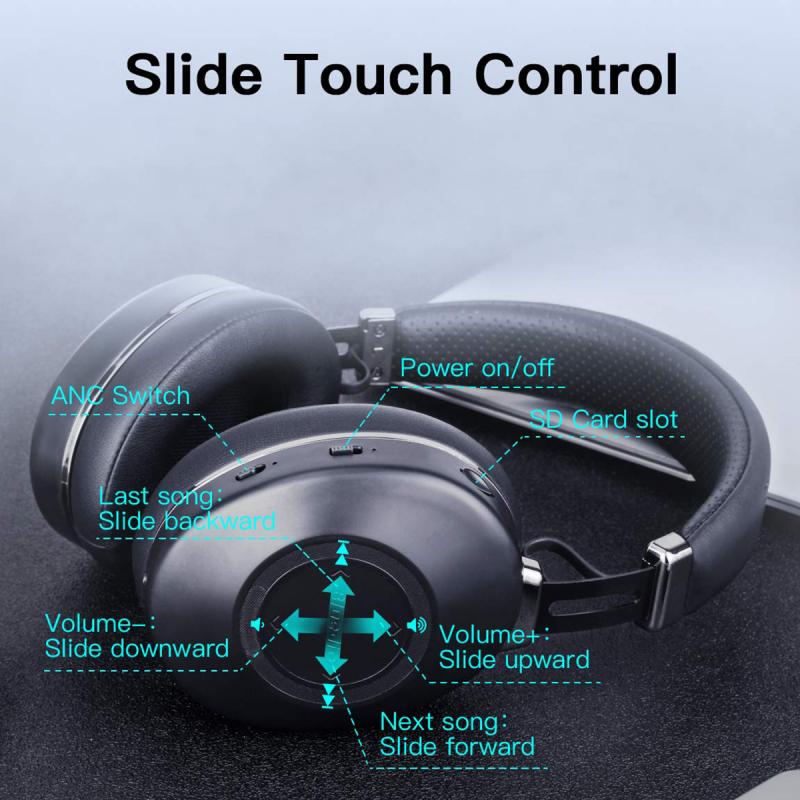
Active noise cancellation is a more advanced technique that uses electronic circuitry to reduce unwanted sound. The core principle behind ANC is destructive interference, a phenomenon where two sound waves of the same frequency and amplitude but opposite phases cancel each other out.
How ANC Works
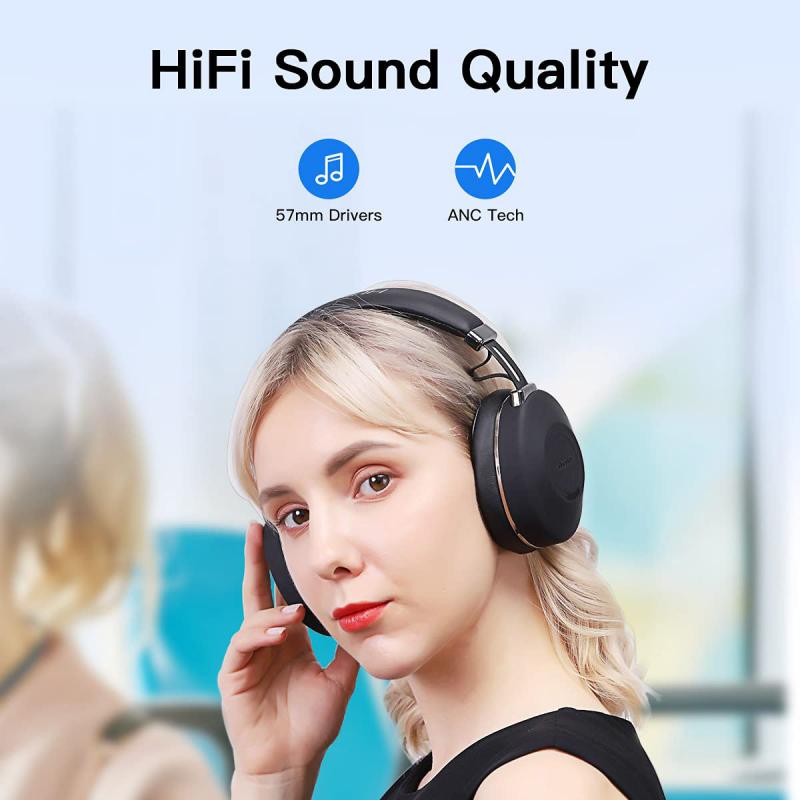
1. Microphones: Sound-canceling headphones are equipped with one or more microphones, typically located on the outside and inside of the ear cups. These microphones continuously pick up ambient sounds from the environment.
2. Sound Wave Analysis: The captured sound waves are then analyzed by the headphone's internal circuitry. The system identifies the frequency and amplitude of the incoming noise.
3. Anti-Noise Wave Generation: Once the ambient noise is analyzed, the headphones generate an "anti-noise" wave. This wave has the same frequency and amplitude as the incoming noise but is 180 degrees out of phase. When the anti-noise wave meets the original noise wave, they interfere destructively, effectively canceling each other out.
4. Playback: The resulting sound, which is a combination of the desired audio (music, podcast, etc.) and the anti-noise wave, is played back through the headphones. The user perceives a significant reduction in external noise, allowing for a more immersive listening experience.
Components of Sound-Canceling Headphones
To achieve effective noise cancellation, sound-canceling headphones incorporate several key components:
1. Microphones: As mentioned earlier, microphones are essential for capturing ambient noise. High-quality ANC headphones often use multiple microphones to improve accuracy and effectiveness.
2. Digital Signal Processor (DSP): The DSP is the brain of the ANC system. It analyzes the incoming noise and generates the anti-noise wave in real-time. The speed and accuracy of the DSP are critical for effective noise cancellation.
3. Speakers: The speakers in sound-canceling headphones are responsible for playing both the desired audio and the anti-noise wave. High-quality speakers ensure that the audio remains clear and undistorted.
4. Battery: Active noise cancellation requires power, so sound-canceling headphones are typically equipped with rechargeable batteries. The battery life can vary depending on the model and usage, but most modern headphones offer several hours of ANC operation on a single charge.
Types of Active Noise Cancellation
There are two primary types of active noise cancellation: feedforward and feedback.
1. Feedforward ANC: In feedforward ANC, the microphone is placed on the outside of the ear cup. It captures ambient noise before it reaches the ear, allowing the DSP to generate the anti-noise wave in advance. This method is effective at canceling high-frequency sounds but may struggle with low-frequency noises.
2. Feedback ANC: In feedback ANC, the microphone is located inside the ear cup, close to the speaker. It captures the combined sound of the ambient noise and the audio being played. The DSP then generates the anti-noise wave based on this combined sound. Feedback ANC is generally more effective at canceling low-frequency noises but may introduce slight delays in noise cancellation.
Some advanced headphones use a hybrid approach, combining both feedforward and feedback ANC to achieve optimal noise cancellation across a wide range of frequencies.
Practical Applications and Benefits
Sound-canceling headphones offer numerous benefits and practical applications, making them a valuable tool for various scenarios:
1. Travel: One of the most common uses for sound-canceling headphones is during travel. Whether you're on a plane, train, or bus, ANC headphones can significantly reduce engine noise and other ambient sounds, allowing for a more comfortable and peaceful journey.
2. Work and Study: In noisy office environments or busy study areas, sound-canceling headphones can help improve focus and productivity by minimizing distractions. They create a personal bubble of quiet, enabling users to concentrate on their tasks.
3. Relaxation and Sleep: For those who struggle to relax or sleep in noisy environments, sound-canceling headphones can be a game-changer. They can block out disruptive sounds, such as snoring or street noise, creating a more serene atmosphere for rest and relaxation.
4. Entertainment: Whether you're listening to music, watching movies, or playing video games, sound-canceling headphones enhance the overall experience by providing clear, immersive audio without interference from external noise.
Limitations and Considerations
While sound-canceling headphones offer numerous advantages, there are some limitations and considerations to keep in mind:
1. Cost: High-quality ANC headphones can be expensive, with premium models often costing several hundred dollars. However, there are also more affordable options available that still provide effective noise cancellation.
2. Battery Life: Since active noise cancellation requires power, the battery life of ANC headphones is an important consideration. Users should be mindful of battery levels and recharge their headphones regularly to ensure uninterrupted use.
3. Sound Quality: While most modern ANC headphones offer excellent sound quality, some users may notice a slight difference in audio performance when noise cancellation is activated. It's essential to choose a reputable brand and model to ensure the best possible audio experience.
4. Comfort: The design and fit of sound-canceling headphones can impact comfort, especially during extended use. It's important to choose a pair that fits well and feels comfortable for long periods.
Sound-canceling headphones are a remarkable technological innovation that provides a sanctuary of silence in our noisy world. By combining passive noise isolation with active noise cancellation, these headphones effectively reduce unwanted sounds, allowing users to enjoy their audio content in peace. Whether you're traveling, working, studying, or simply relaxing, sound-canceling headphones offer a valuable solution to the challenges of noise pollution. As technology continues to advance, we can expect even more improvements in noise cancellation, making these devices an indispensable part of our daily lives.

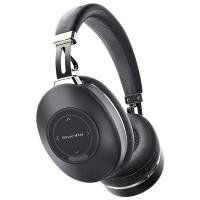


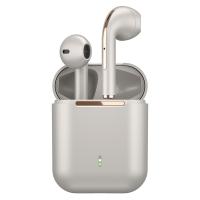
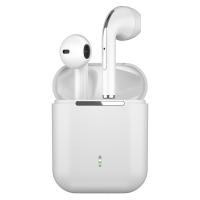


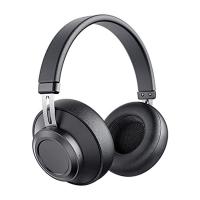
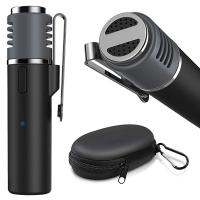
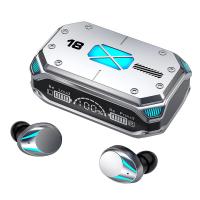
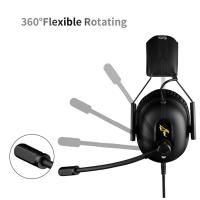
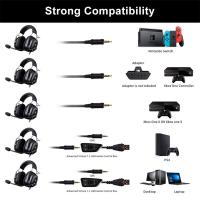



There are no comments for this blog.